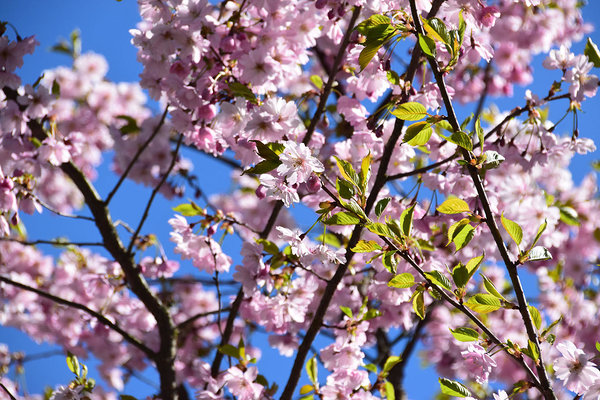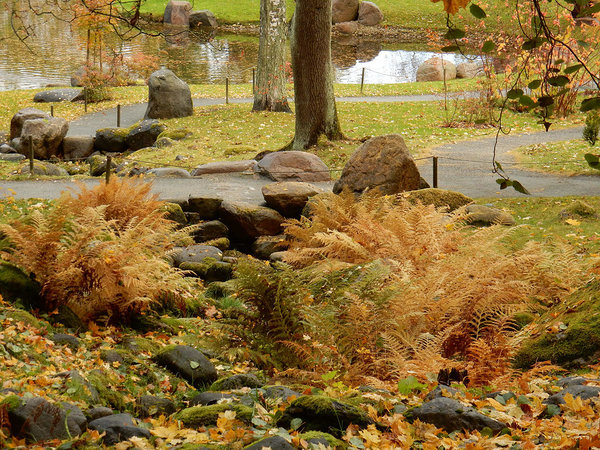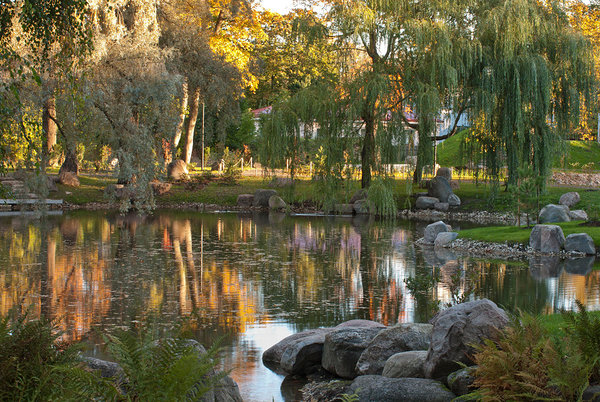Japanese Garden
In 2011, the construction of an authentic Japanese garden started
near the North-Eastern Pond. The works were overseen by Masao
Sone, a garden designer renowned both in Japan and in Europe.
The underlying principle was the philosophy of the Japanese
garden with its focus on the circle of life and the expressiveness
of nature. The garden is designed as a slow journey over stone
bridges and around water bodies.
In the Japanese garden, stones and water are as important as the plants. The positioning of the stones, angling them towards the viewer or offering a flat step, is fundamental to the garden. Masao Sone sought to imitate the roofs of the Old Town of Tallinn in the layout of the stones – the more upright ones tracing its church towers and the flatter ones its gabled rooftops. The stone bridges were made in Japan
and reassembled here.
Siin ei lärmata, spordita, sõideta jalgrattaga ega jalutata lemmikloomi. Talveperioodil on enamasti jaapani aiad suletud.
Originally, the garden was intended only for plants from Japan. However, the long and harsh winters have necessitated the replacement of several exotic plants with more resilient local varieties. Each season has its jewels: cherry blossoms in the spring, rhododendrons on the cusp of summer, irises and other Iridaceae in deep summer, and colourful maple leaves in the autumn.The Japanese Garden invites introspection. There is no noise, no sports, and no cyclists or dogs running around. Japanese gardens are generally closed in winter.




